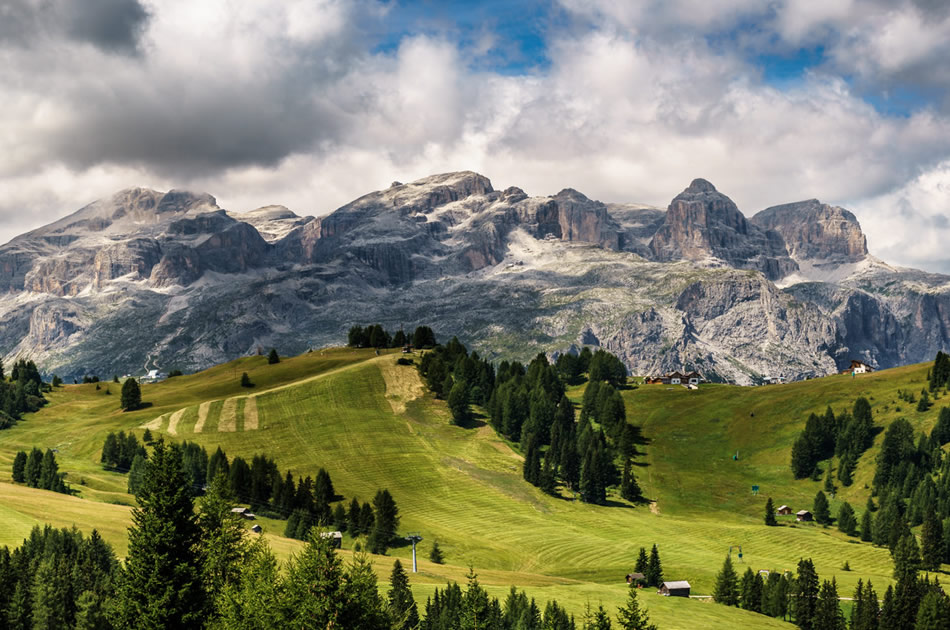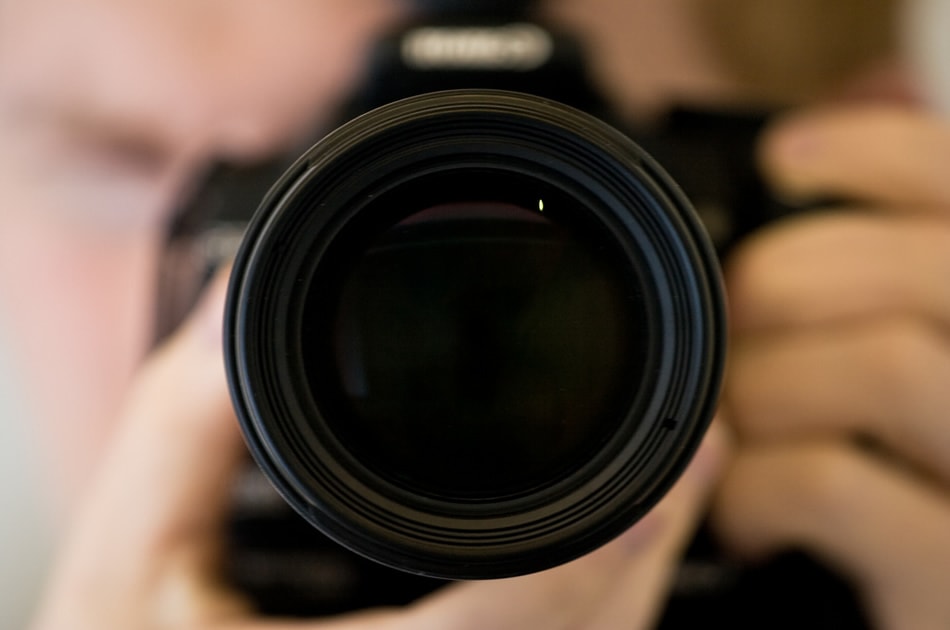How To Shoot Tack Sharp Photos Every Single Time
One of the most frustrating aspects of photography is ending up with blurry photos. While there is a time and a place for softness, and sometimes even some blur – that’s only if the haziness was intentional, and not accidental.
Most of the time, clear, sharp images are the order of the day. For most of us, an image that’s even slightly out of focus can be a tremendous disappointment if we were hoping for a sharp, crystal-clear photo.

Photo by Giuseppe Milo
Capturing sharp images can be tricky, especially in low light situations, or if the subject is moving. When we get blur, it’s easy to blame the camera – or lens. While it’s true that entry level cameras don’t have as many advanced features and are less capable of focusing in low-light, most DSLR cameras are capable of super-sharp images. And if your DSLR is capturing hazy images, chances are it’s not the camera’s fault – it may be yours!
To help you in your quest for tack sharp image, here are some tips and strategies that you can use to capture more in-focus images.
Equipment
While a lot of people are under the impression that buying a bigger or better camera will solve all of their blurry-photograph problems, this isn’t always the case. Even the best camera can still capture blurry images. What’s crucial is learning to use the gear that you have.

Photo by Okko Pyykkö
It’s usually best to use the camera or lenses you have until you’ve reached the full extent of their capabilities, before advancing on to a new piece of kit. With that said, there are some pieces of equipment and lenses that can give you a better shot at capturing sharp images.
-
A Tripod
A tripod will prevent camera shake – which will help tremendously when it comes to capturing sharp photos. Even the slightest handshake or movement can disrupt your photograph, resulting in blur.
-
A Remote Release
Releasing the shutter can result in vibration – which causes blur. Even subtle blur can take away from a composition. By using a remote release – or putting your camera on a timer, you’ll be able to eliminate this movement and will be on your way towards super-sharp photos.
-
A Prime Lens
While a prime lens isn’t necessary in order to capture sharp images – it can be helpful. Prime lenses have fixed focal lengths, and they’re faster than zoom lenses – and perfect for photographing sharp images in low-lighting conditions.
Tips for Sharp Images
Now, let’s look at some tips for capturing images that are clear and in-focus – even in low light conditions.

Photo by Christopher Michel
-
Clean Your Lens
It sounds basic, but it’s worth doing. If you want crystal clear images, make sure your lens is super clean.
-
Use Mirror Lock Up (MLU)
When you release the shutter, the mirror on your camera moves and causes vibration. Most cameras have an option for mirror lock up (MLU) which holds it out of the way. Try it if you’re using a tripod and looking for a sharp image.
-
Check Your Camera’s Vibration Reduction (VR)
Most cameras come with a built-in vibration reduction system that helps to stabilize the image. If you’re hand-holding your camera, you’ll want to have this option turned on since it does help to stabilize the image. If you’re using a tripod though, you’ll want to turn this option off. The tripod will be stabilizing the image already so there’s no need for VR. With VR, the camera’s system will start looking for vibrations and will start moving around – which my cause camera shake.
-
Use a Flash
A flash or external light source can result in sharper images. To avoid the washed out images that the on-camera flash tends to cause, try diffusing the flash, bouncing it off of the ceiling. Even better use an external flash or light source. Of course, this only works for relatively close-up images, the flash is ineffective for landscape images.
-
Use a Fast Shutter Speed
For moving subjects or in low lighting situations where you’re caught without your tripod – you’ll want to use a fast shutter speed to avoid blurry images. Fast shutter speeds allow you to “freeze” the motion, resulting in less blur. To freeze your subject, speed up your shutter speed to the minimum of 1/focal length. For a 200mm lens, you’ll want a speed that’s 1/200 or faster. Since fast shutter speeds minimize the amount of light that reaches the sensor, if you’re using manual, you’ll want to open up the aperture or increase the ISO to compensate for the lack of light.
-
Remember Your ISO
It’s usually best to use the lowest ISO setting on your camera. The higher the ISO, the more grainy your image will be. On the other hand though, keep in mind that a higher ISO can allow for higher shutter speeds to be used, which can help to freeze movement. This can be especially handy when shooting in low-light situations where you don’t have a tripod.
-
Shoot in Burst Mode
Switching your camera to AF-C (continuous auto-focus) mode and holding the shutter will allow the camera to fire off a rapid succession of shots. This is ideal if you’re trying to capture a moving subject. With this mode, you’ll end up with a number of shots – and chances are one will be sharp.
-
Manually Select Your Focus Point
One of the main reasons for blurry images is improper focusing techniques. In order to achieve the highest level of clarity, make sure your camera is focusing correctly. For best results, you’ll want to switch on manual focus and select your own focal point. Don’t rely on the camera to do it for you.
-
Focus on the Eyes
When photographing portraits, always focus on the eyes – more specifically, on the eye that’s closest to you. The eyes are the main focal point of almost every portrait, and you’ll want to make sure that they’re in focus. This is especially important if you’re using a wide aperture.
While you’re unlikely to encounter a situation where you’ll need to use all of the above tips, to capture sharp photos, you’ll want to use a few of these techniques to help you achieve the best results.
Different scenarios will call for different settings and techniques. The best method for capturing sharp images usually comes down to a combination of the right camera exposure, some form of image stabilization, and proper focusing techniques. Try to make sure all three are optimal for each photo and you’ll be on your way to capturing tack-sharp images.
Are you on the quest for sharp images? Feel free to share your results – and suggestions with us on Twitter or Facebook.
